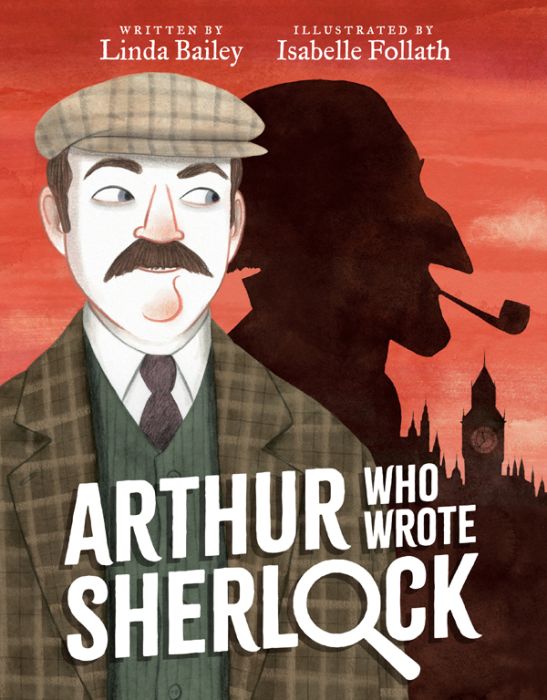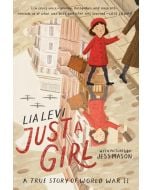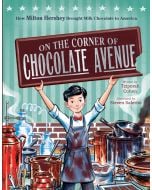
Arthur, Who Wrote Sherlock
By Linda Bailey
Illustrators
Illustrated by Isabelle Follath
Edition
By Linda Bailey
Hardcover edition
Publisher Penguin Random House Canada Imprint Tundra Books ISBN9780735269255
Arthur, Who Wrote Sherlock
 21.24
21.24
In stock
SKU
9780735269255J
The adventures of Sir Arthur Conan Doyle and his most famous creation, Sherlock Holmes, come to life in this inspiring picture book biography.
What if you wrote a story about a detective, and he became the most famous detective ever? Wouldn't that be wonderful? Or . . . would it? Arthur has always loved stories. Even while growing up poor, enduring hardship at school, and living a life of danger on the high seas, stories are an inspiration and a joy for Arthur throughout his life. And after years of struggle as a writer, he finally finds success, fame and wealth with a series of mysteries starring a genius detective, Sherlock Holmes! But when Sherlock's popularity becomes too much for Arthur to bear, will he really throw his greatest creation . . . off a cliff?!
From the author of Mary Who Wrote Frankenstein comes a riveting and humorous picture book about the incredible life of Arthur Conan Doyle: doctor, adventurer, tireless campaigner for justice . . . and (begrudging) creator of the world's greatest detective!
What if you wrote a story about a detective, and he became the most famous detective ever? Wouldn't that be wonderful? Or . . . would it? Arthur has always loved stories. Even while growing up poor, enduring hardship at school, and living a life of danger on the high seas, stories are an inspiration and a joy for Arthur throughout his life. And after years of struggle as a writer, he finally finds success, fame and wealth with a series of mysteries starring a genius detective, Sherlock Holmes! But when Sherlock's popularity becomes too much for Arthur to bear, will he really throw his greatest creation . . . off a cliff?!
From the author of Mary Who Wrote Frankenstein comes a riveting and humorous picture book about the incredible life of Arthur Conan Doyle: doctor, adventurer, tireless campaigner for justice . . . and (begrudging) creator of the world's greatest detective!
Author’s note, with photograph of Arthur Conan Doyle. Sources. Full-color illustrations were drawn with watercolor, pencil, and “a pinch of Photoshop.”
|
Standard MARC Records Cover Art |
Biography Elementary Plus (Grades 1-4)
Biography Elementary Plus
Biography Elementary Plus (Grades 1-4)
For Grades 1-4
This 14 book collections offers beginning readers fascinating biographies and compelling personal stories that provide a view into history or perspective on the issues of our times.
14 books per Year
$282.52 per Year
Interests
Biographies, Nonfiction, Science/STEAM





